Home>Gardening & Outdoor>Landscaping Ideas>How Often To Water New Grass Sod
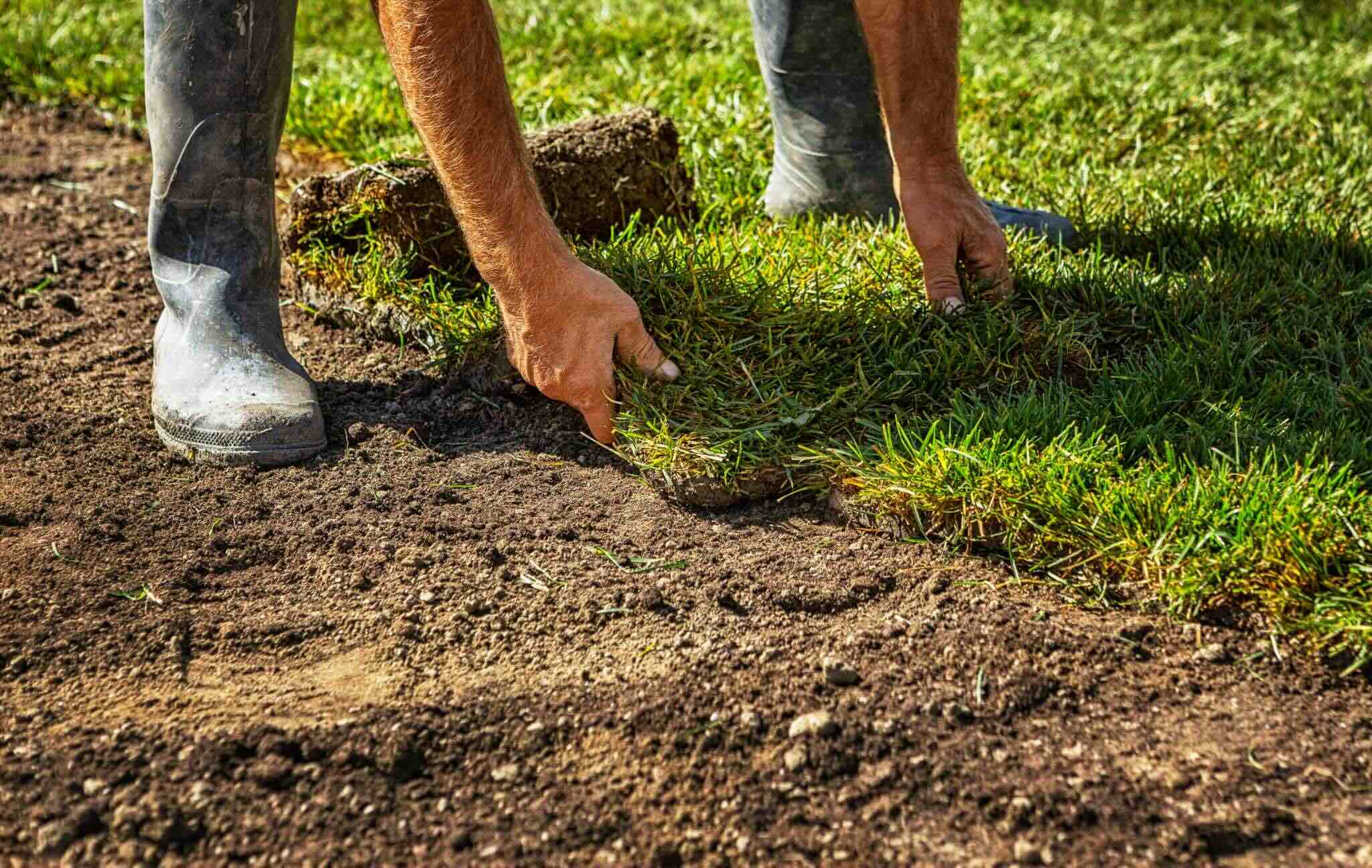

Landscaping Ideas
How Often To Water New Grass Sod
Modified: January 28, 2024
Learn the best landscaping ideas for watering new grass sod. Discover how often to water new grass sod for a healthy and lush lawn.
(Many of the links in this article redirect to a specific reviewed product. Your purchase of these products through affiliate links helps to generate commission for Storables.com, at no extra cost. Learn more)
Introduction
So, you've just laid down fresh, lush sod to transform your yard into a vibrant green oasis. Congratulations! Now, the key to ensuring that your new grass sod thrives and flourishes lies in providing it with the right amount of water. Proper watering is crucial during the initial stages of establishment, as it sets the foundation for a healthy and resilient lawn. In this comprehensive guide, we'll delve into the essential aspects of watering new grass sod, offering valuable insights and expert tips to help you achieve a verdant and thriving lawn.
Proper watering not only facilitates the establishment of the sod roots but also promotes overall grass health and resilience. By understanding the factors influencing watering frequency, recognizing signs of overwatering and underwatering, and implementing a suitable watering schedule, you can nurture your new grass sod into a lush carpet of greenery that enhances the beauty of your outdoor space.
Throughout this guide, we'll explore the optimal watering schedule for new grass sod, identify common signs of overwatering and underwatering, and provide practical tips to ensure that your watering practices align with the specific needs of your sod. By the end, you'll be equipped with the knowledge and confidence to nurture your new grass sod, fostering a vibrant and thriving lawn that becomes the envy of the neighborhood. So, let's dive in and uncover the secrets to successful watering for new grass sod!
Key Takeaways:
- Proper watering is crucial for new grass sod, impacting root establishment and overall health. Factors like soil type, climate, and grass species influence watering frequency, requiring tailored care for a thriving lawn.
- Overwatering and underwatering can harm new grass sod. Signs include soggy soil, yellowing grass for overwatering, and dry, cracked soil, wilting grass for underwatering. Adjust watering practices to maintain a balanced, healthy lawn.
Read more: How To Remove Existing Grass For New Sod
Factors Affecting Watering Frequency
When it comes to determining the frequency of watering for new grass sod, several key factors come into play. Understanding these factors is essential for tailoring your watering practices to meet the specific needs of your sod, ultimately promoting healthy root establishment and overall lawn vitality.
- Soil Type: The composition of your soil significantly influences watering frequency. Sandy soils drain more rapidly and may require more frequent watering, while clay soils retain moisture for longer periods, necessitating less frequent watering.
- Climate: The prevailing weather conditions in your region, including temperature, humidity, and precipitation levels, directly impact the watering needs of your new grass sod. Hot and dry climates typically demand more frequent watering, whereas cooler or more humid climates may require less frequent irrigation.
- Grass Species: Different grass species have varying water requirements. Warm-season grasses such as Bermuda and Zoysia may need more frequent watering during hot periods, while cool-season grasses like Kentucky bluegrass and fescue may have different watering needs based on the climate.
- Time of Year: The time of year plays a crucial role in determining watering frequency. During the establishment phase, typically the first 2-6 weeks after sod installation, more frequent watering is necessary to support root development. As the sod matures, the watering schedule can be adjusted accordingly.
- Shade and Sun Exposure: The amount of sunlight the sod receives influences its water requirements. Sod in shaded areas may retain moisture for longer periods, while sod in full sun may require more frequent watering to combat evaporation.
- Slope and Drainage: The slope of your lawn and its drainage characteristics can impact water absorption and retention. Areas with poor drainage may require careful monitoring to prevent overwatering, while sloped areas may experience faster water runoff, necessitating adjusted watering practices.
By considering these factors and observing the specific conditions of your lawn, you can tailor your watering frequency to ensure that your new grass sod receives the optimal amount of moisture for healthy establishment and sustained growth. Understanding the unique interplay of these factors empowers you to make informed decisions regarding your watering schedule, setting the stage for a vibrant and resilient lawn.
Watering Schedule for New Grass Sod
Establishing an appropriate watering schedule is critical for nurturing new grass sod during its initial growth phase. A well-crafted watering regimen ensures that the sod receives sufficient moisture to support root development without succumbing to the perils of overwatering. The following guidelines outline a general watering schedule for new grass sod, serving as a foundation that can be adjusted based on specific environmental and lawn conditions:
- Initial Watering: Immediately after sod installation, thoroughly water the entire area to a depth of 4-6 inches. This initial watering is crucial for ensuring that the sod and the underlying soil are adequately moistened, setting the stage for successful root establishment.
- First Week: For the first 7-10 days following installation, the sod should be watered 2-3 times per day. Aim to keep the sod and the top 1-2 inches of soil consistently moist during this critical establishment period.
- Subsequent Weeks: In the following 2-6 weeks, gradually reduce the frequency of watering as the sod roots become established. Transition to watering once per day, ensuring that the sod receives sufficient moisture without becoming waterlogged.
- Adjusting Frequency: Monitor the sod’s moisture levels and adjust the watering frequency based on weather conditions, soil moisture, and grass response. During hot and dry periods, additional watering may be necessary to prevent the sod from drying out.
- Morning Watering: Whenever possible, water the sod in the early morning to minimize water loss through evaporation and to allow the grass blades to dry before nightfall, reducing the risk of disease.
It’s important to note that these guidelines provide a general framework for a watering schedule tailored to the needs of new grass sod. However, individual lawn conditions, such as soil type, climate, and grass species, may necessitate adjustments to the watering frequency and duration. Regular observation of the sod’s moisture levels and responsiveness to watering is crucial for fine-tuning the schedule and ensuring that the sod receives the appropriate amount of moisture for healthy growth.
By adhering to a well-structured watering schedule and remaining attentive to the evolving needs of your new grass sod, you can foster robust root development and establish a foundation for a thriving and resilient lawn.
Signs of Overwatering and Underwatering
Recognizing the signs of overwatering and underwatering is crucial for maintaining the health and vitality of new grass sod. Both scenarios can have detrimental effects on the sod’s root development and overall well-being, underscoring the importance of closely monitoring the lawn and adjusting watering practices accordingly. By understanding the distinct indicators of overwatering and underwatering, you can proactively address imbalances in moisture levels, promoting optimal growth and resilience.
Signs of Overwatering:
Overwatering occurs when the sod receives an excessive amount of moisture, leading to waterlogged soil and potential root suffocation. Common signs of overwatering include:
- Soggy Soil: The soil feels constantly wet and spongy to the touch, indicating an excess of moisture that impedes proper root oxygenation.
- Yellowing Grass: The grass blades exhibit a yellow or pale green hue, signaling stress and potential root rot due to water saturation.
- Fungal Growth: The presence of mold, mildew, or fungal infections on the grass and soil surface indicates excessive moisture and poor air circulation.
- Stunted Growth: The grass shows minimal signs of growth or expansion, reflecting the inhibitory effects of overwatering on root development and nutrient uptake.
- Unpleasant Odor: A foul, musty odor emanating from the lawn may indicate anaerobic conditions resulting from waterlogged soil.
Read more: How Often Should I Water My New Landscaping
Signs of Underwatering:
Conversely, underwatering occurs when the sod does not receive adequate moisture, leading to stress and potential wilting. Key indicators of underwatering include:
- Dry, Cracked Soil: The soil appears dry and cracked, signaling a lack of moisture and potential dehydration of the grass roots.
- Wilting Grass: The grass blades droop, curl, or lose their turgidity, indicating water stress and the need for immediate hydration.
- Browning Grass: The grass exhibits brown or straw-colored patches, suggesting cellular damage and drought-induced dormancy.
- Slow Recovery: After foot traffic or physical stress, the grass recovers slowly or retains footprints, reflecting its weakened state due to inadequate water uptake.
- Increased Weed Presence: Underwatered lawns are more susceptible to weed infestations, as the weakened grass struggles to compete with opportunistic plants.
By attentively observing these signs and adjusting your watering practices accordingly, you can mitigate the risks of overwatering and underwatering, fostering a balanced and thriving lawn. Regular assessment of the sod’s moisture levels and responsiveness to watering is essential for maintaining optimal hydration and promoting healthy root establishment, ultimately yielding a lush and resilient expanse of greenery.
Water new grass sod every day for the first 2 weeks, then gradually reduce to 2-3 times per week. Keep the soil moist but not waterlogged to help the roots establish.
Tips for Proper Watering
Mastering the art of proper watering is essential for nurturing new grass sod and cultivating a lush, resilient lawn. By implementing the following expert tips, you can optimize your watering practices to support healthy root development, minimize water waste, and foster the overall vitality of your sod:
- Deep Watering: Encourage robust root growth by watering the sod deeply, allowing the moisture to penetrate the soil to a depth of 4-6 inches. Deep watering promotes stronger, more resilient roots that are better equipped to withstand environmental stressors.
- Frequency Adjustment: Tailor the watering frequency to the specific needs of your lawn, considering factors such as soil type, climate, and grass species. Adjust the watering schedule based on observed moisture levels and the sod’s responsiveness to irrigation.
- Early Morning Watering: Opt for early morning watering sessions to minimize water loss through evaporation and ensure that the grass blades have ample time to dry before nightfall, reducing the risk of disease development.
- Avoid Overwatering: Prevent waterlogging and root suffocation by monitoring soil moisture levels and refraining from excessive watering. Saturated soil inhibits oxygen uptake by the roots and can lead to detrimental fungal growth.
- Use Moisture Meters: Employ soil moisture meters to gauge the level of hydration in your lawn, providing valuable insights for adjusting your watering practices and ensuring that the sod receives the optimal amount of moisture.
- Adjust for Rainfall: Take natural precipitation into account when determining your watering schedule. During periods of significant rainfall, reduce or suspend supplemental watering to prevent water accumulation and potential oversaturation.
- Monitor Runoff: Observe water runoff during irrigation to identify areas where water may be pooling or draining excessively. Adjust your watering techniques to promote even water distribution and prevent wasteful runoff.
- Consider Watering Systems: Explore the use of efficient watering systems such as soaker hoses, drip irrigation, or programmable sprinklers to deliver targeted and uniform moisture to your lawn while conserving water.
- Grass Response: Pay attention to the sod’s response to watering, including changes in color, texture, and growth patterns. Adjust your watering practices based on the grass’s visual cues and overall health.
- Mulch Application: Apply a layer of organic mulch around the sod to conserve soil moisture, regulate soil temperature, and minimize water evaporation, enhancing the efficiency of your watering efforts.
By incorporating these tips into your watering routine, you can optimize the hydration of your new grass sod, fostering strong root development and vibrant, resilient growth. With attentive observation, thoughtful adjustments, and a commitment to efficient watering practices, you’ll lay the groundwork for a healthy and flourishing lawn that enhances the beauty of your outdoor space.
Conclusion
Successfully nurturing new grass sod into a thriving and vibrant lawn hinges on mastering the art of proper watering. By understanding the factors that influence watering frequency, implementing a well-crafted watering schedule, recognizing signs of overwatering and underwatering, and incorporating expert tips for efficient hydration, you can pave the way for healthy root establishment and sustained growth. As you embark on this journey to cultivate a lush and resilient lawn, remember that attentive observation and thoughtful adjustments are key to ensuring that your watering practices align with the specific needs of your sod.
Throughout the initial establishment phase, prioritize deep watering to encourage robust root development, adjusting the frequency and duration of watering based on the unique characteristics of your lawn. By embracing early morning watering sessions, leveraging moisture meters, and considering the impact of natural rainfall, you can optimize your watering practices while conserving water and promoting overall lawn health. Additionally, remaining vigilant for signs of overwatering and underwatering empowers you to proactively address imbalances in soil moisture, mitigating potential risks and fostering a balanced and thriving lawn.
As you fine-tune your watering schedule and techniques, remember that the ultimate goal is to create an environment where your new grass sod can flourish and thrive. By adhering to best practices, employing efficient watering systems, and leveraging the natural resilience of the sod, you’ll lay the groundwork for a verdant expanse of greenery that enhances the beauty of your outdoor space and enriches your daily life.
So, as you embark on this journey to nurture your new grass sod, embrace the role of a caretaker, attuned to the evolving needs of your lawn. With each watering session, you’re not simply providing moisture; you’re fostering the growth of a living, breathing ecosystem that adds vibrancy and natural beauty to your surroundings. Through your dedication and informed approach to watering, you’ll witness the transformation of your new grass sod into a flourishing, resilient lawn— a testament to your care and commitment.
Frequently Asked Questions about How Often To Water New Grass Sod
Was this page helpful?
At Storables.com, we guarantee accurate and reliable information. Our content, validated by Expert Board Contributors, is crafted following stringent Editorial Policies. We're committed to providing you with well-researched, expert-backed insights for all your informational needs.
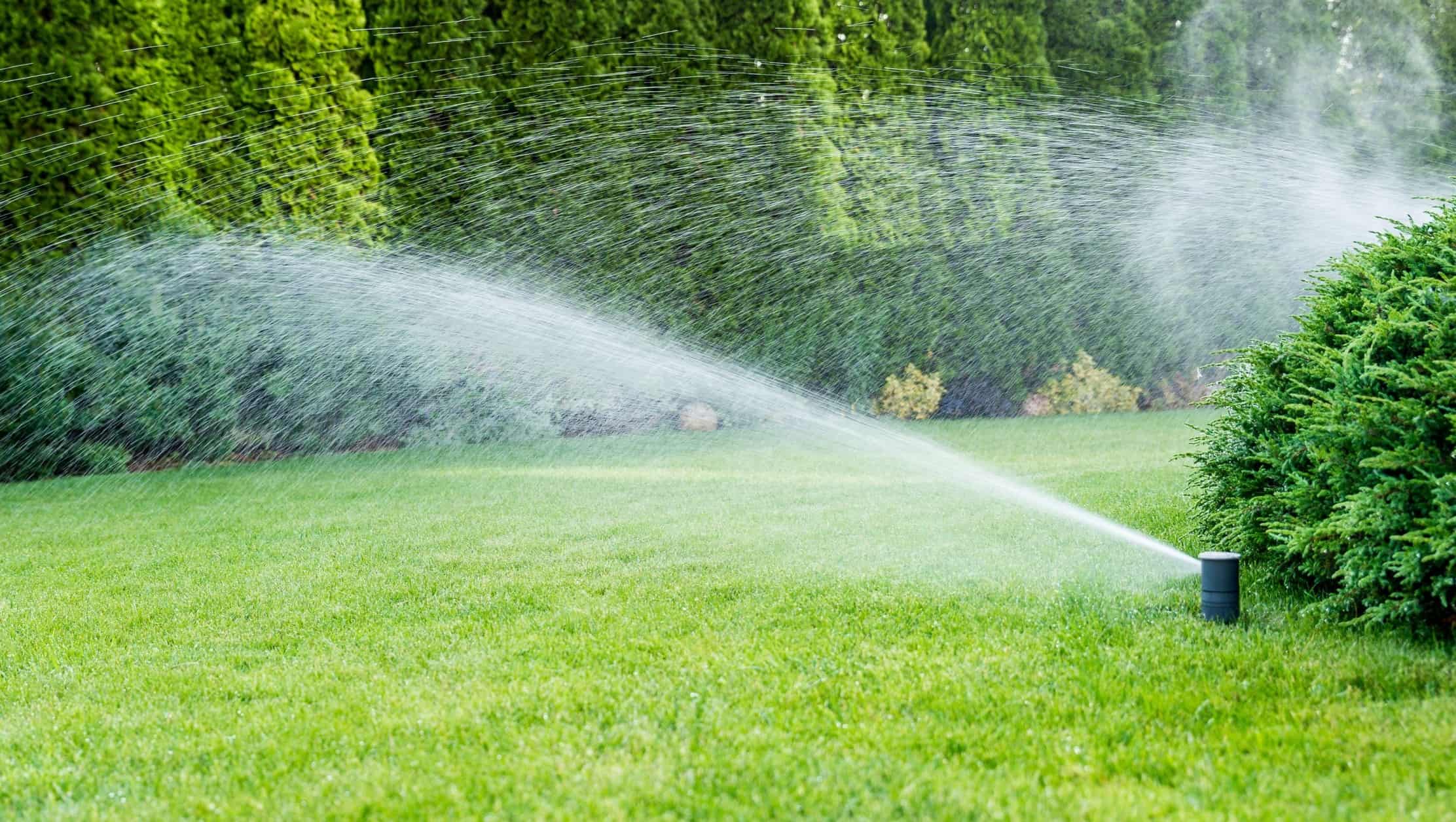
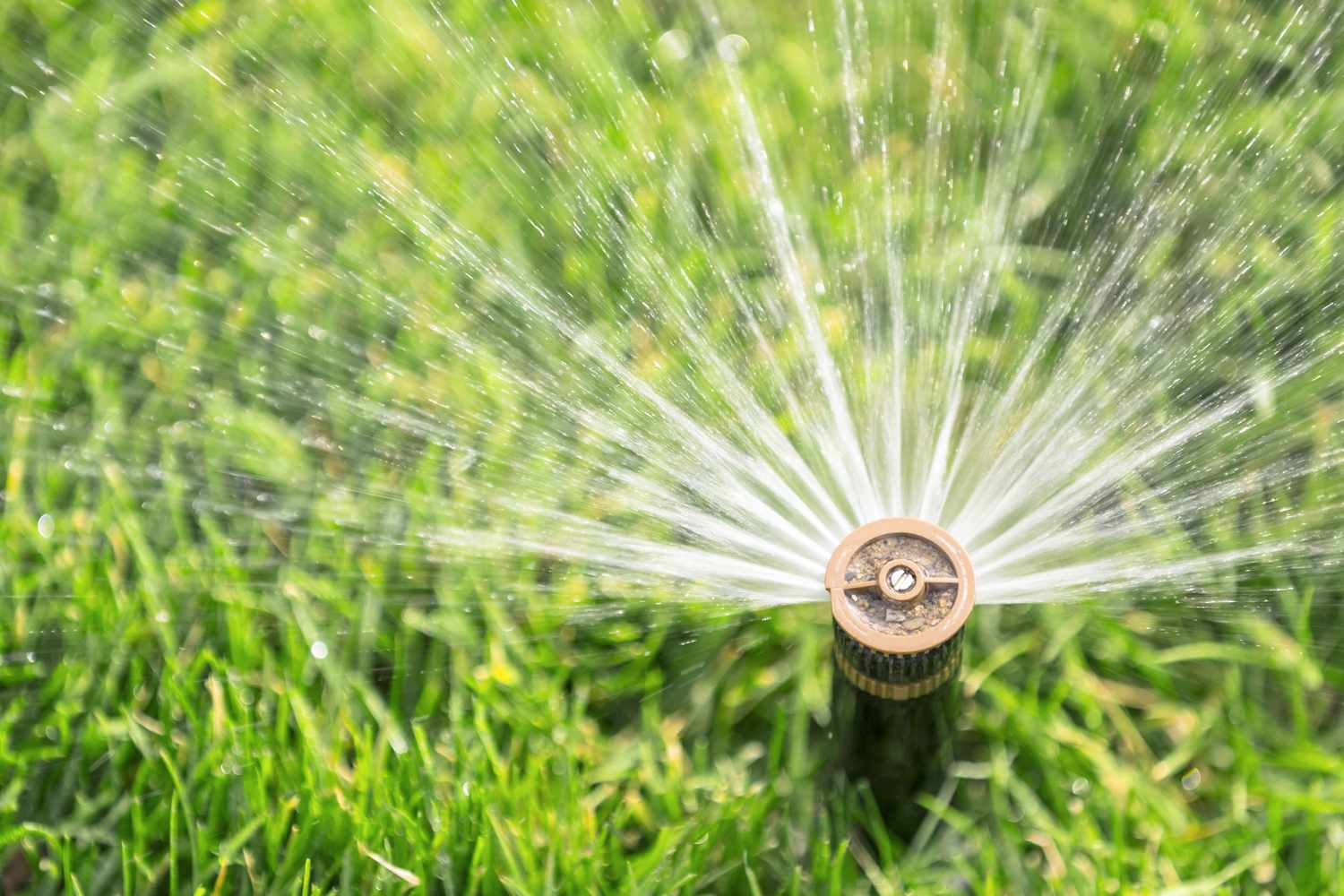
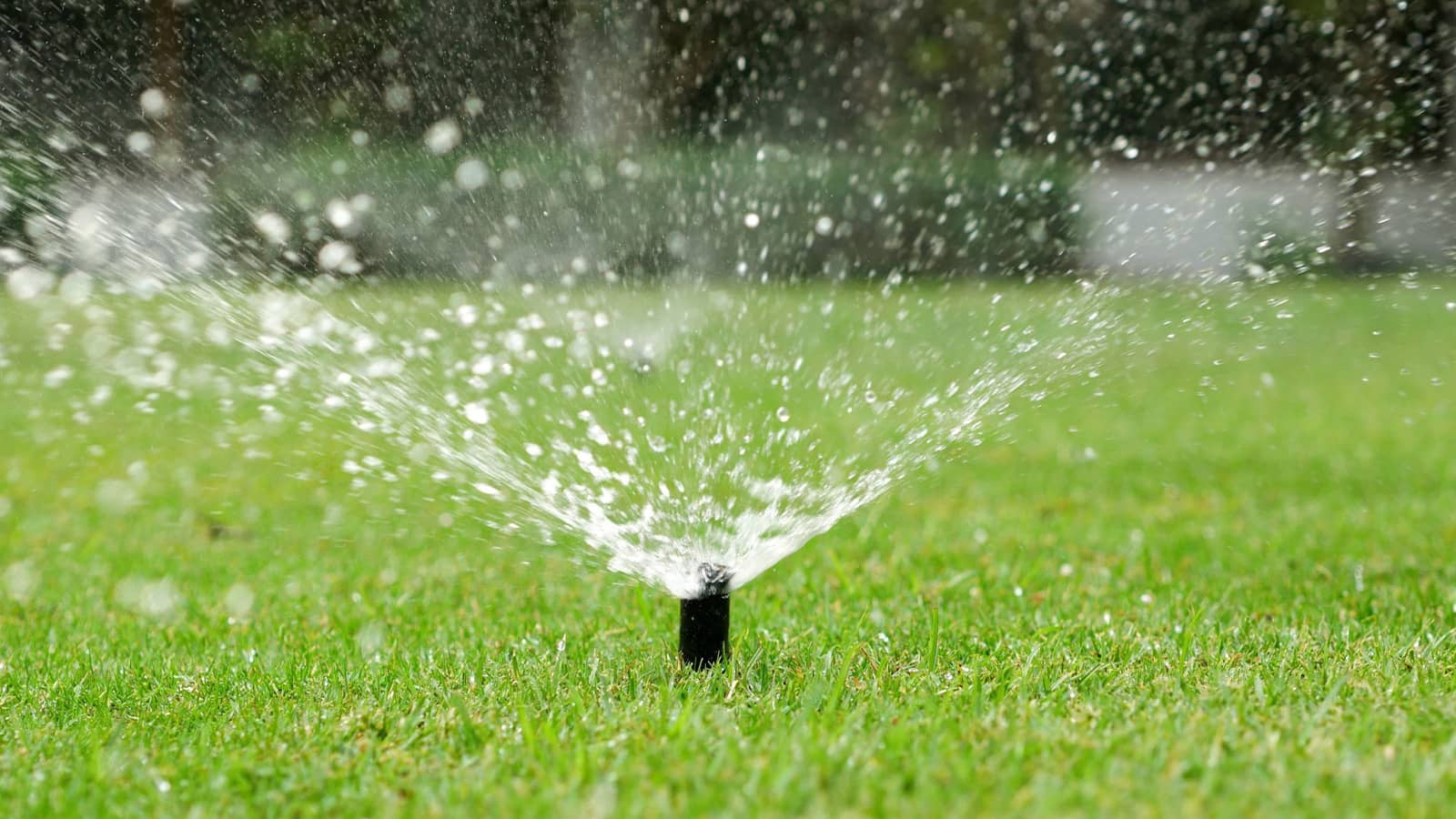
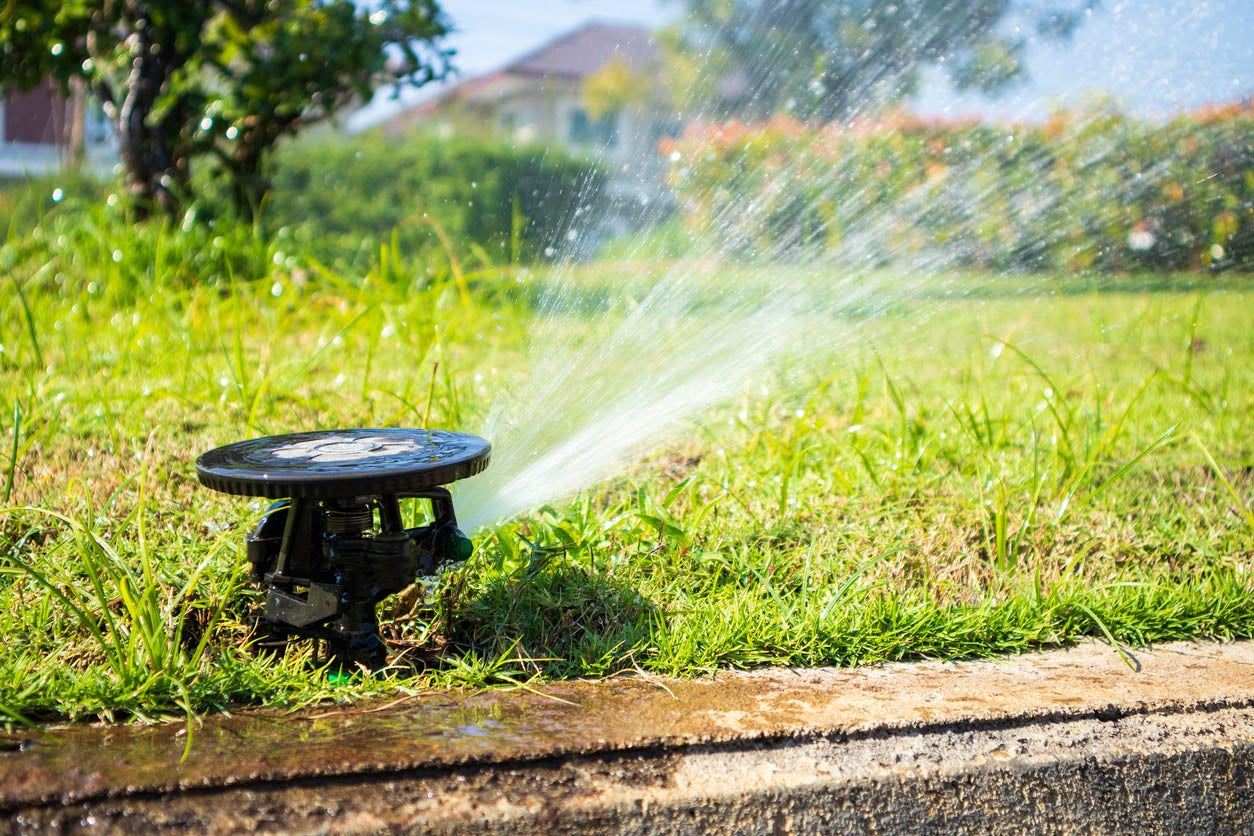
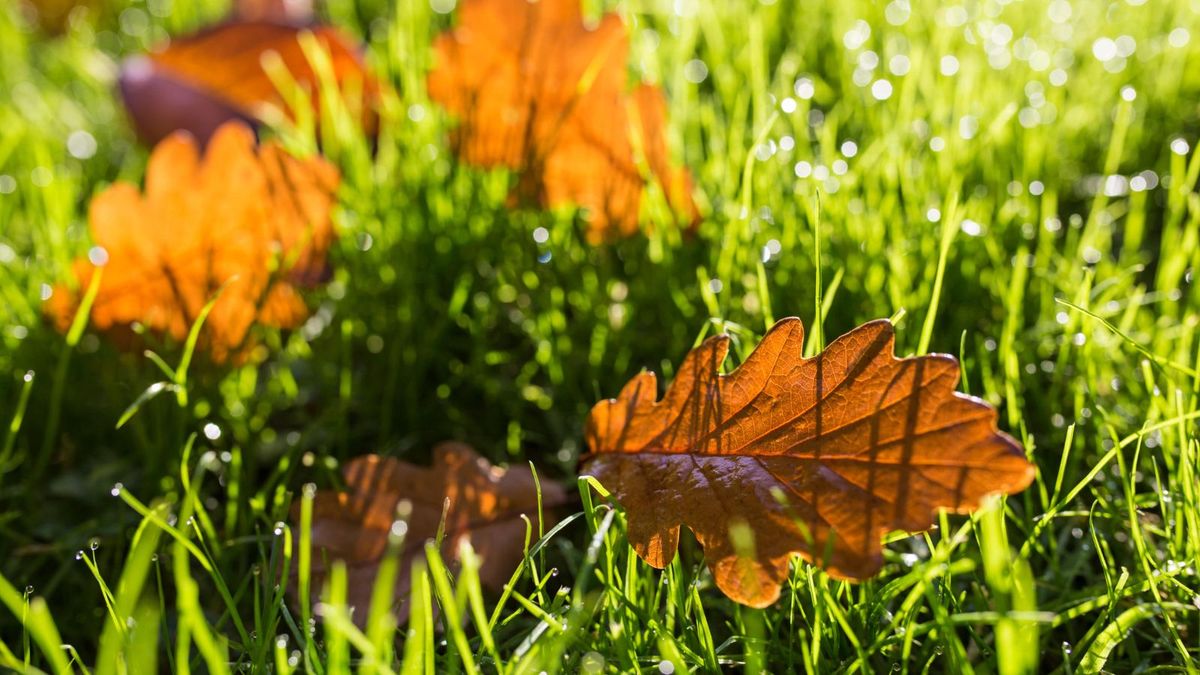
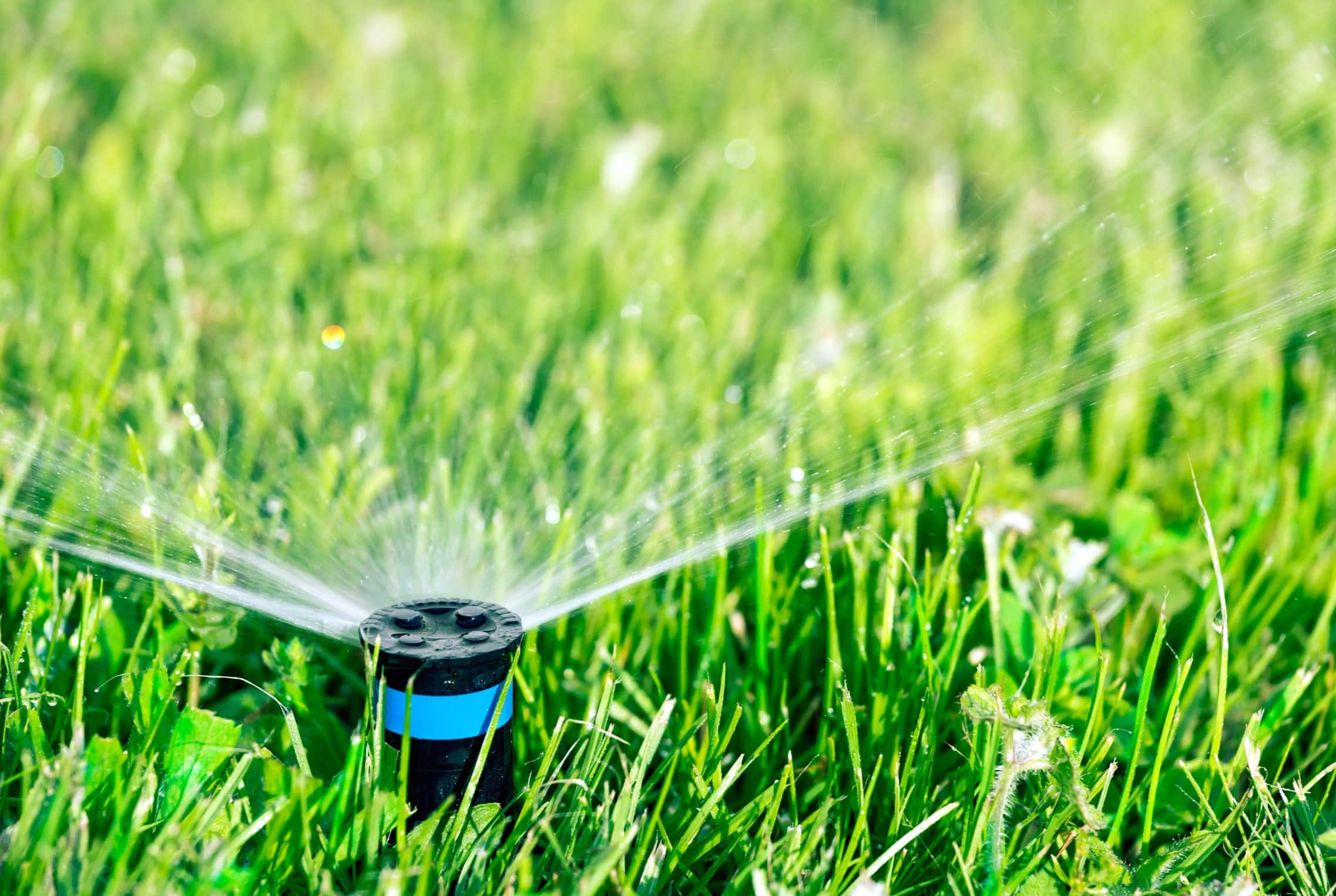
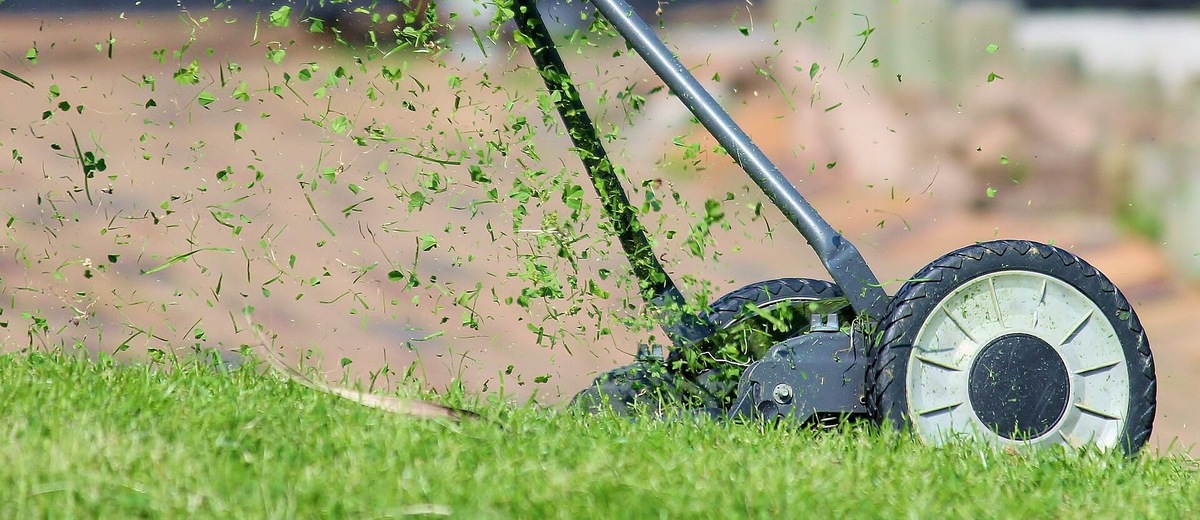
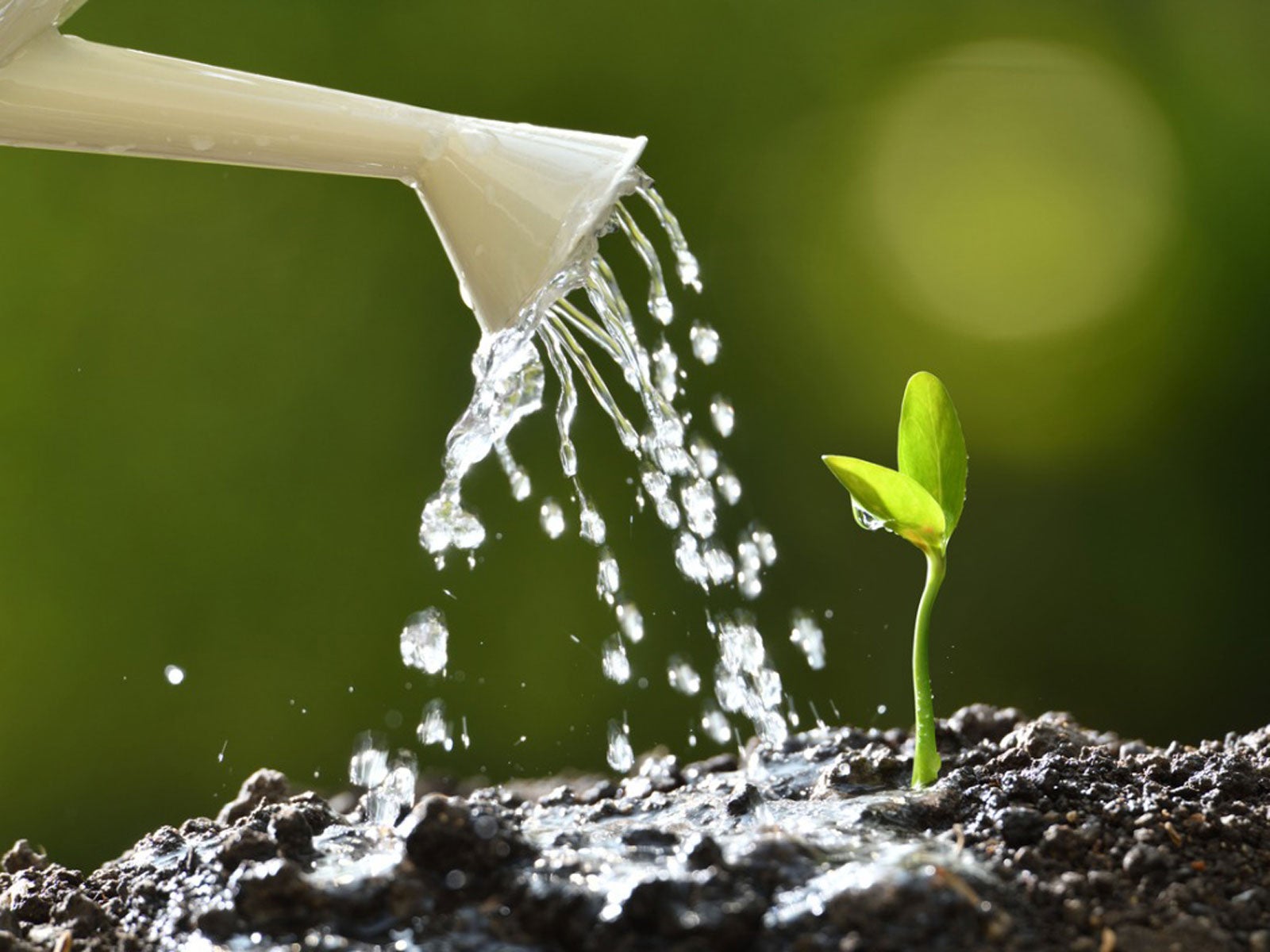
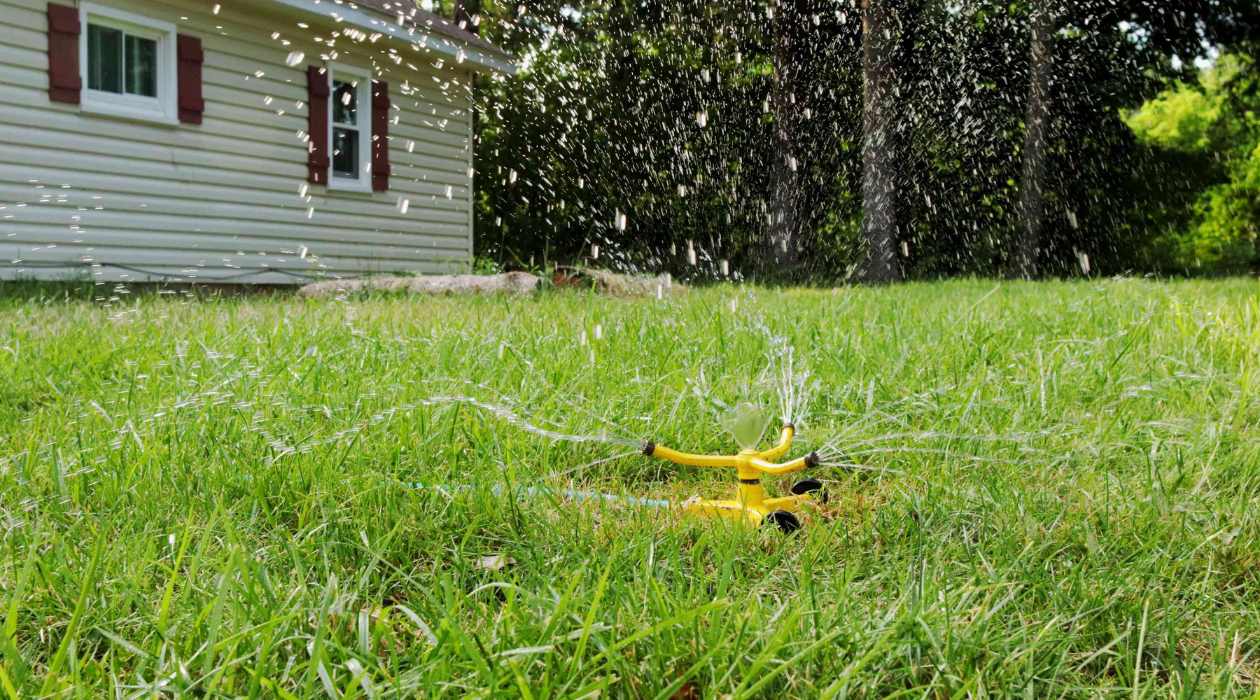
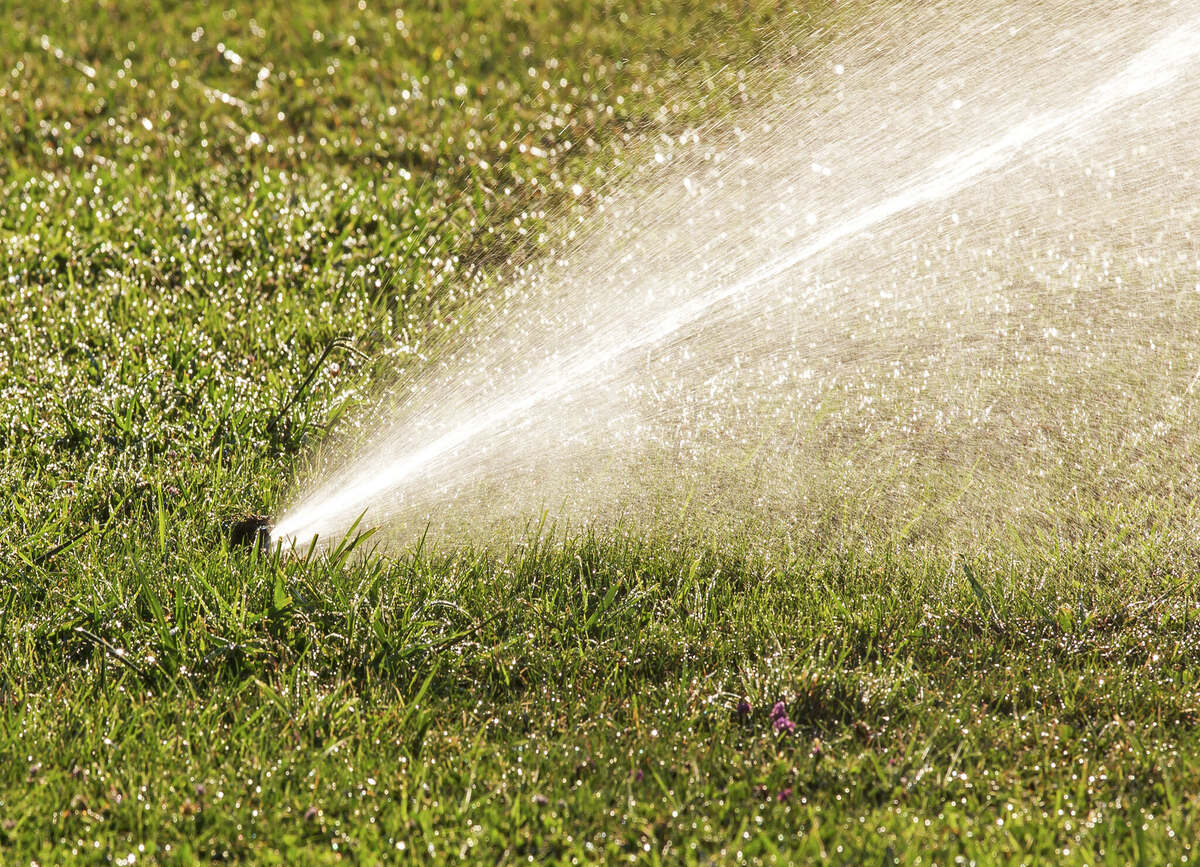
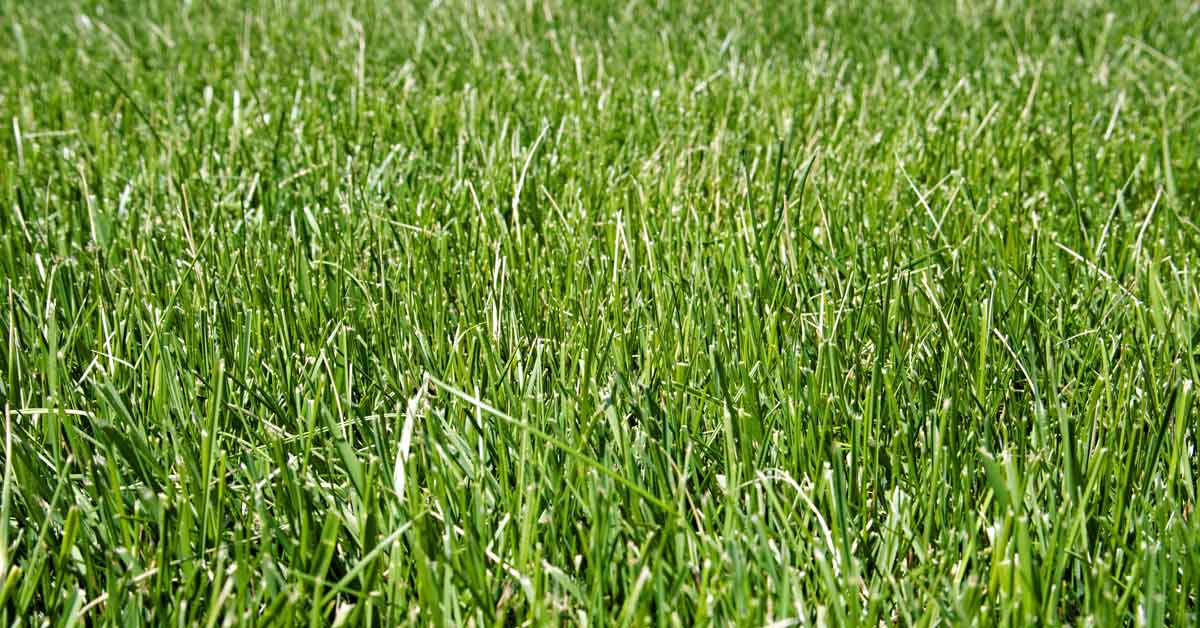
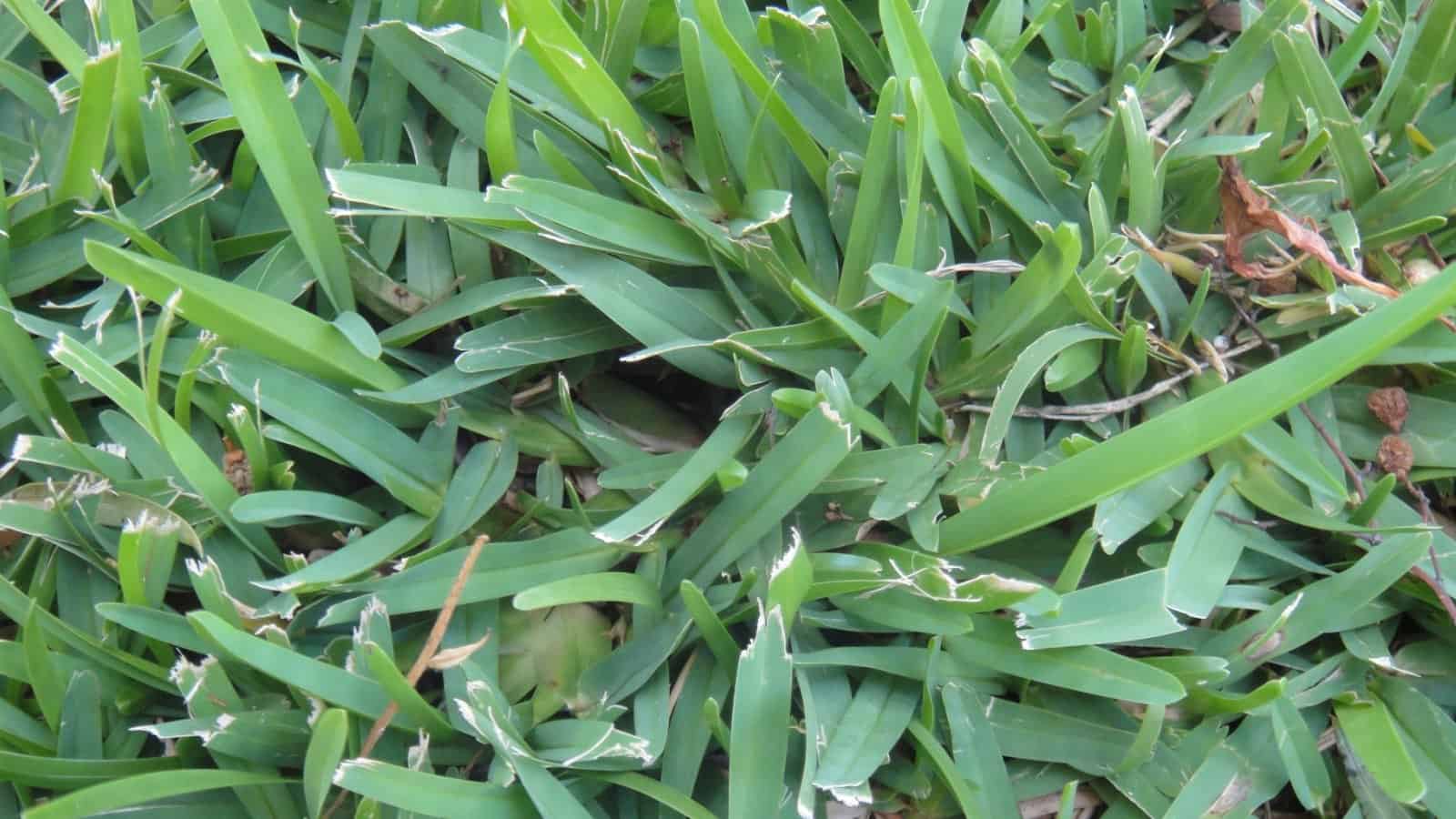
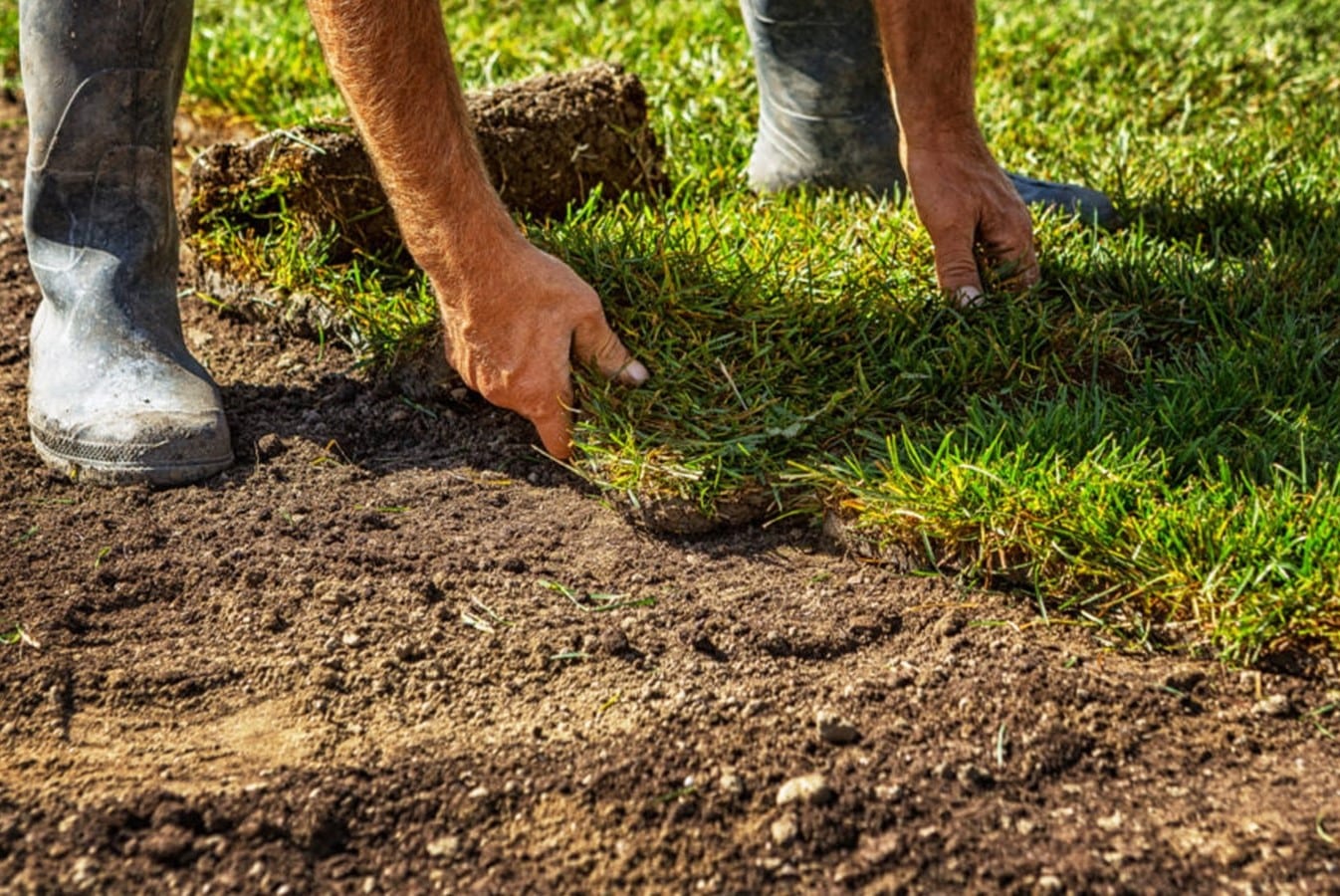
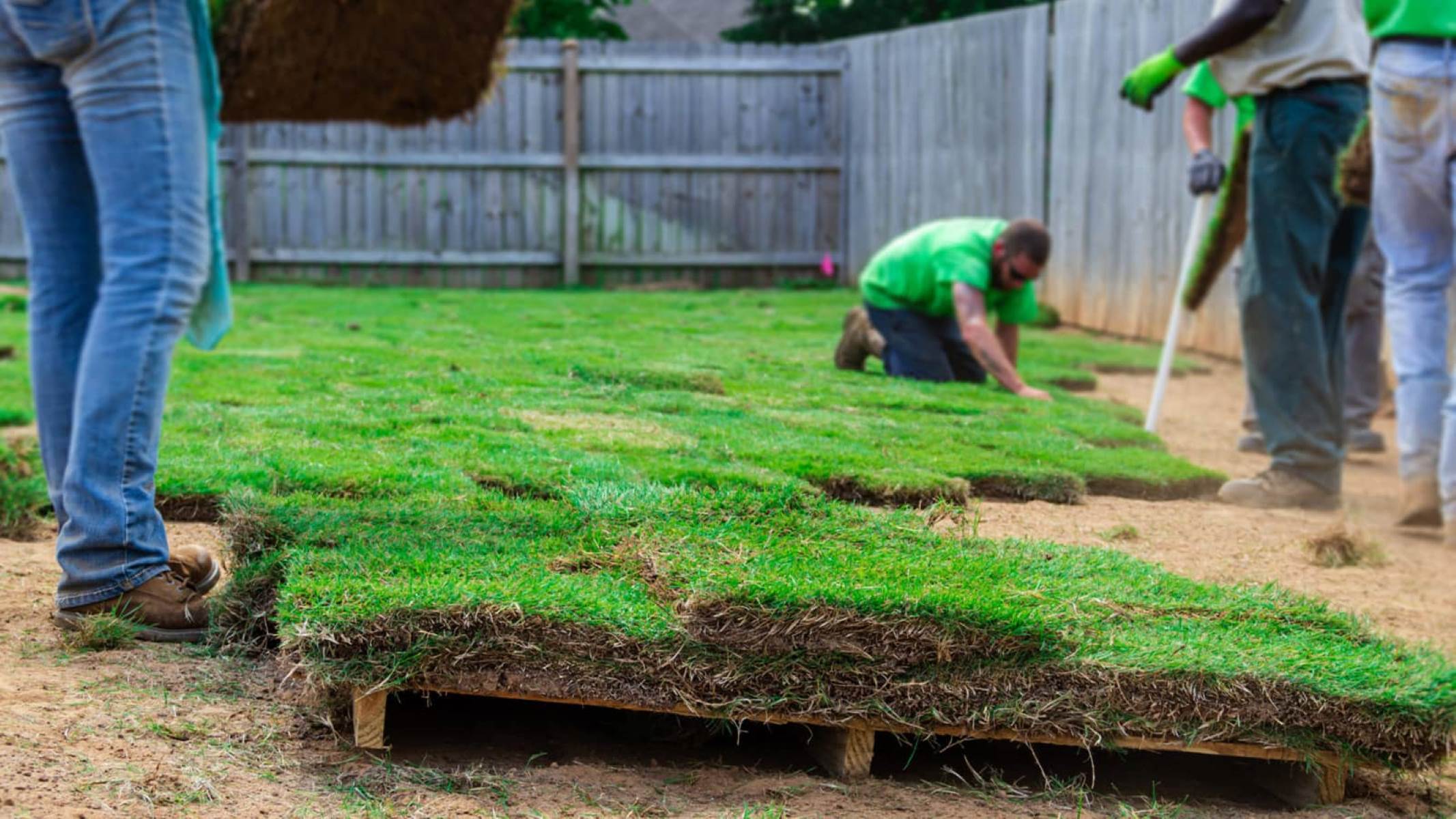

0 thoughts on “How Often To Water New Grass Sod”